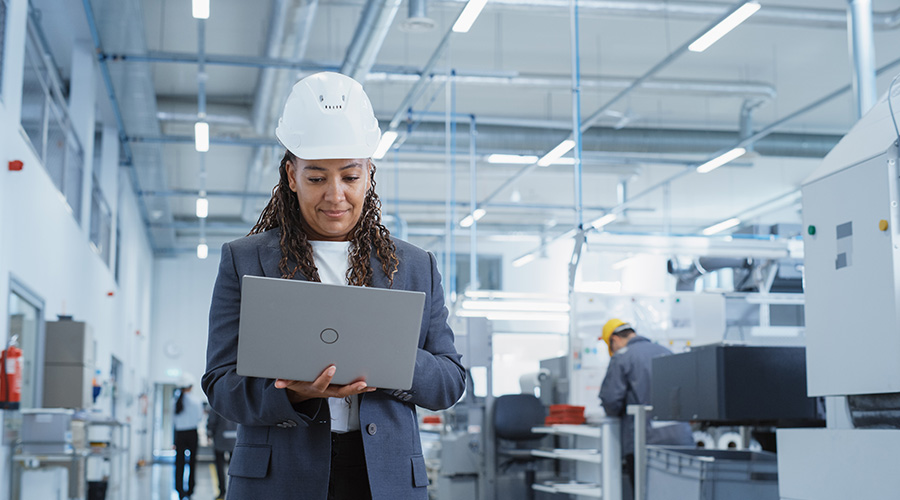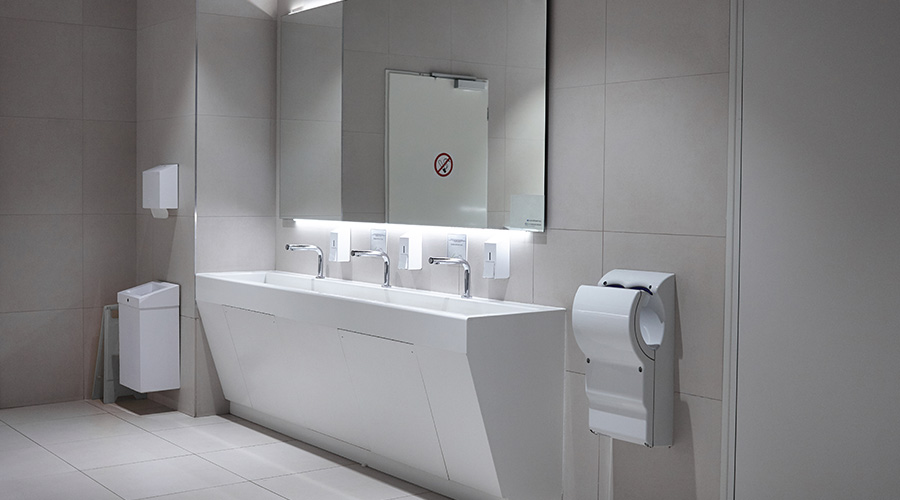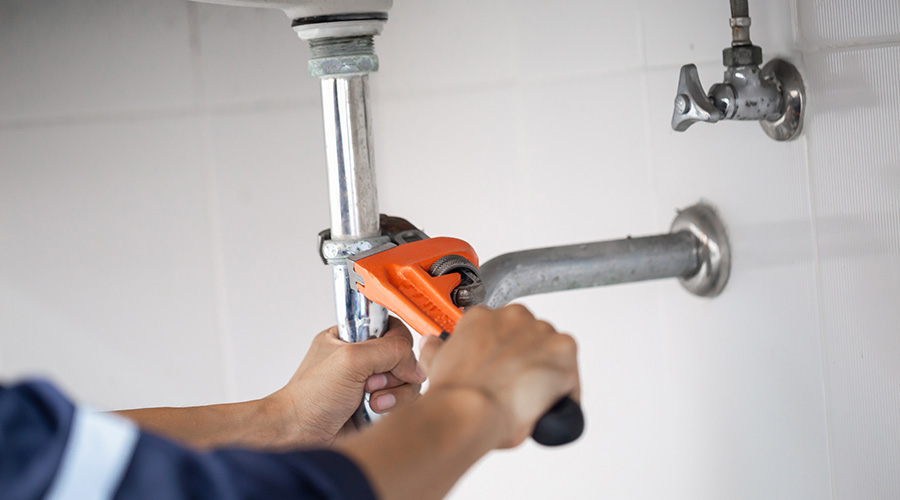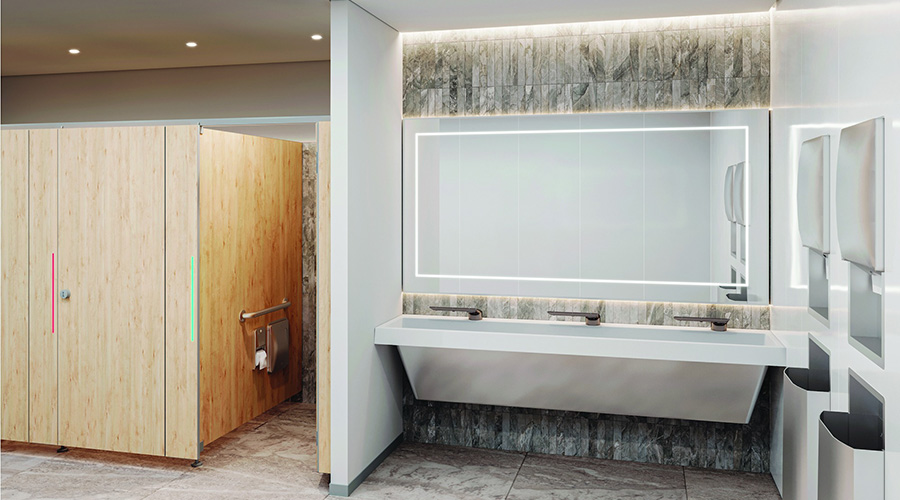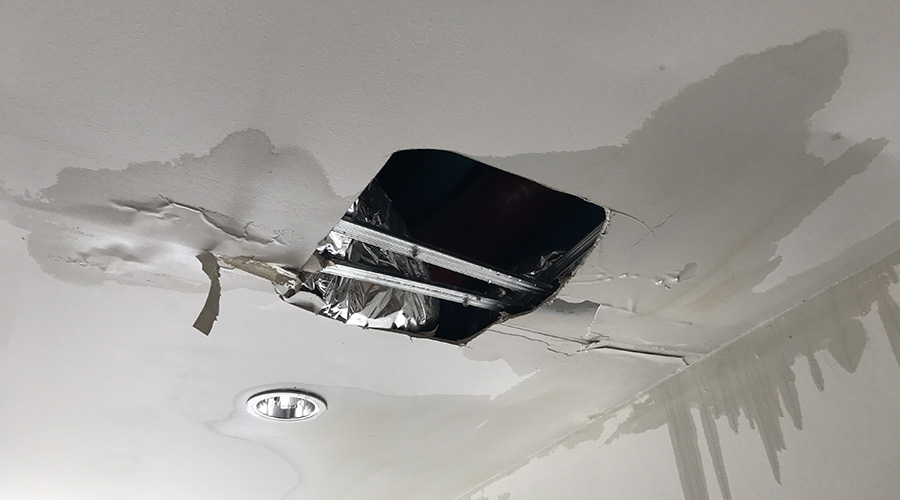Stronger and Smarter: The Latest in Restroom Fixtures
From durability to IoT, restroom fixtures are evolving to meet the growing needs of the facility maintenance managers.
Restroom fixtures may not always grab the spotlight in institutional and commercial facilities, but they play a critical role in shaping the user experience, driving sustainability and reducing long-term operational costs. For maintenance and engineering managers, staying ahead of trends and innovations in this space is key to meeting evolving demands for efficiency, hygiene and environmental responsibility.
In this roundtable discussion, leading manufacturers share their insights with Facility Maintenance Decisions on the latest advancements in restroom fixtures, emerging technologies and how their solutions are helping managers tackle today’s challenges while preparing for the future.
FMD: What steps are being taken to ensure your restroom fixtures can withstand high traffic use in facilities like schools, healthcare centers and offices?
“They are constructed from high-quality, robust materials such as brass and stainless steel to withstand heavy use and misuse. Chrome and decorative finishes undergo rigorous testing against a wide range of harsh cleaners and corrosive environments, ensuring the fixtures maintain an attractive appearance throughout their lifespan. Additionally, many products feature tamper-resistant fasteners to prevent vandalism, and capacitance sensor technology eliminates the need for exposed sensors that could be subject to abuse.”
— Paul McLennan, P.Eng., manager of advanced engineering, Delta Commercial
“The largest complaint we hear from healthcare facility teams is how frequently they replace components in their flush valves and faucets, due to their harsh water conditions. Faucets and flush valves can replace solenoids with ceramic operation. Solenoids are dependent on multiple moving components in the waterway that are susceptible to premature failures due to high temperatures or high levels of chloramines that are common in healthcare plumbing systems.
Ceramics can also handle extended thermal disinfection processes with water temperatures up to 180 degrees, along with elevated levels of chlorines typically used to “shock” healthcare plumbing systems. Hospitals are the facilities with the harshest water conditions that are hardest on their facilities teams.
When thinking about K-12 schools, our primary concern for restroom fixtures is preventing vandalism. Features such as heavy-duty chrome plated cast brass construction, non-hold open flush valve handles, anti-rotation features on spouts and self-closing metering faucet operation all help keep commercial fixtures vandal resistant and operating as intended.”
— Dan Danowski, product manager, Zurn Finish Plumbing, and Robert Carter, product manager, Zurn Finish Plumbing
“Keeping traffic moving while minimizing maintenance is key for busy restrooms. Also, in today’s high-traffic commercial restrooms, lack of privacy has emerged as a pain point. Bradley conducts a yearly survey of Americans (the Healthy Handwashing Survey), which in 2024, revealed that 70 percent believe that toilet stalls don’t provide sufficient privacy. Most Americans believe that eliminating gaps around stall doors or where the stall walls meet would help improve the sense of privacy. 96 percent believe occupancy indicators on stall doors would be helpful.”
— Kris Alderson, senior marketing manager, Bradley Company
FMD: How are smart technologies, such as IoT-enabled fixtures or sensors, transforming restroom management, and what benefits are they providing for facility maintenance teams in terms of efficiency and cost savings?
“Smart fixtures can monitor usage patterns, enabling data-driven decisions for preventative maintenance. They also provide real-time alerts to maintenance staff, allowing for quicker responses when issues are detected. Additionally, real-time monitoring can identify malfunctioning or leaking fixtures thus reducing water usage and utility bills. IoT sensors can also accurately track occupancy levels, facilitating more efficient replenishment of consumable items such as soap, paper towels and toilet tissue.”
— Paul McLennan, P.Eng., manager of advanced engineering, Delta Commercial
“Smart technology and IoT are key drivers of operational efficiency in commercial restrooms. Over-stretched maintenance staff are on the lookout for restroom products, technologies and features that optimize maintenance, cut costs and make their jobs easier.
More and more, facilities managers are using smart technology for determining when dispensers need to be refilled with soap, toilet paper, paper towels, etc., batteries changed, waste receptacles emptied, sensor lighting if not a high traffic restroom and occupancy sensors. In addition, the data can be used for predictive metrics like maintenance schedules and consumable ordering.”
— Kris Alderson, senior marketing manager, Bradley Company
Jeff Wardon, Jr., is the assistant editor for the facilities market.
Related Topics:







